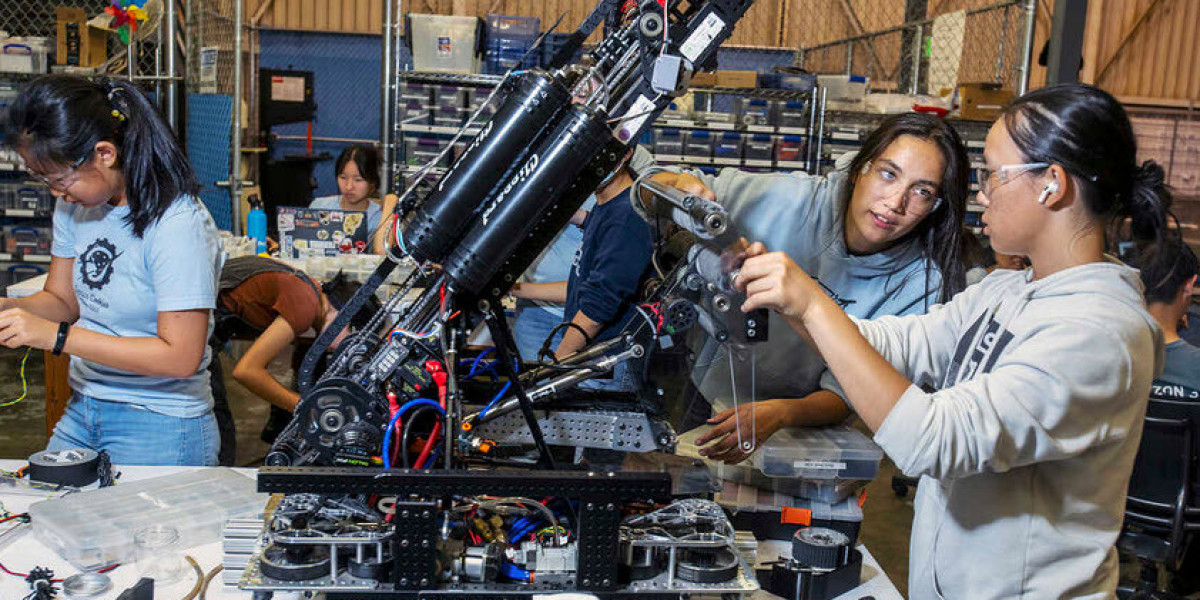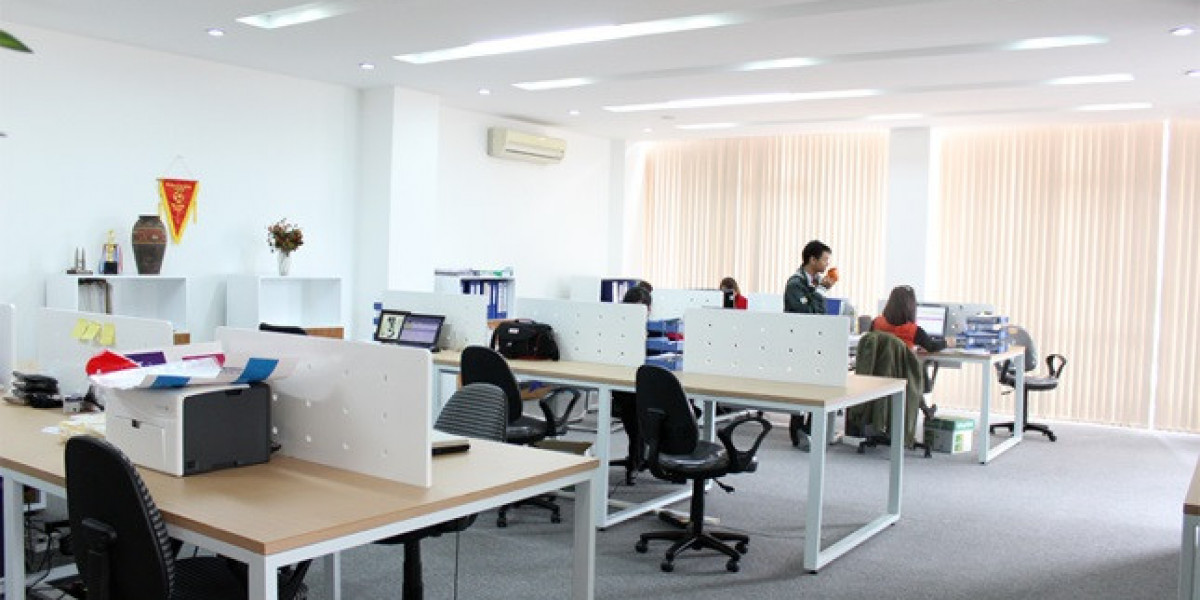The Dawn of Robotics
The concept of robotics has been a part of human imagination and folklore for centuries, but it wasn't until the 20th century that the idea transformed into reality. The term 'robot' was first coined in the 1920s, and since then, the field has evolved dramatically, influenced by advancements in computing, materials science, and artificial intelligence.
Early Beginnings to Modern Marvels
Early robots were primarily used in industrial settings, performing repetitive tasks with precision. However, today's robots range from factory arms to humanoid robots, autonomous vehicles, drones, and even surgical assistants, showcasing a wide array of capabilities and applications.
Robotics Today: A Diverse Landscape
Industrial Robotics
In the manufacturing sector, robots have revolutionized production lines. They increase efficiency, reduce human error, and handle dangerous tasks, improving workplace safety. Companies like Tesla and Amazon are prime examples of leveraging robotics for optimizing production and logistics.
Service and Domestic Robots
Robots are no longer confined to industrial environments. They have entered our homes and offices, performing tasks ranging from vacuuming floors (like Roomba) to providing companionship and assistance. In healthcare, robots assist in surgeries, rehabilitation, and caring for the elderly.
Autonomous Vehicles and Drones
Self-driving cars and delivery drones are reshaping transportation and logistics. These technologies promise to reduce accidents, improve traffic management, and revolutionize how goods are delivered.
Robotics in Exploration
From deep-sea exploration to space missions, robots like the Mars rovers are enabling us to explore environments that are beyond human reach, gathering valuable data and expanding our understanding of the universe.
The Future of Robotics: Boundless Possibilities
AI and Machine Learning Integration
The integration of Artificial Intelligence (AI) and machine learning is making robots more adaptable and intelligent. This allows robots to learn from their environment and make decisions, opening up possibilities for more complex and nuanced applications.
Human-Robot Collaboration
Future robotics is poised to enhance human-robot collaboration, creating environments where humans and robots work side by side, complementing each other’s abilities.
Ethical and Societal Implications
As robotics continues to advance, ethical considerations and societal impacts become increasingly important. Issues like job displacement, privacy, and safety need to be addressed to ensure the responsible development and integration of robotic technologies into society.
Conclusion
Robotics stands at the forefront of technological innovation, with the potential to transform our lives in myriad ways. From enhancing productivity and safety to exploring new frontiers, the future of robotics is not just about the machines we build but also about the new horizons they open for humanity.
As we continue on this exciting journey, it is vital to foster a balance between innovation and ethical responsibility, ensuring that the robotic revolution benefits all of society. The story of robotics is still being written, and each advancement brings us closer to a future where humans and machines progress together.








